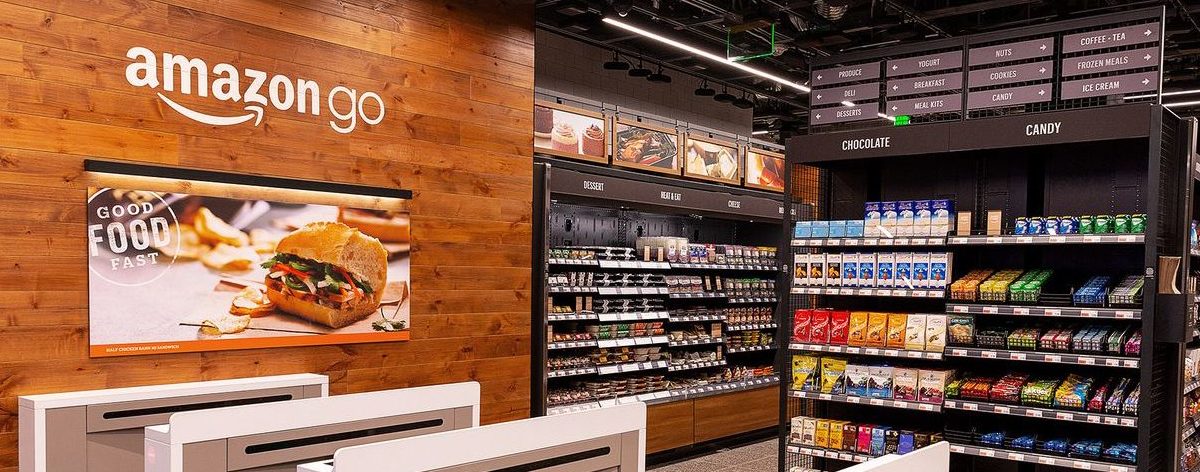The irony of queuing to go into the new Amazon Go queue-less store seems to be lost on many.
There have been a plethora of articles on Amazon Go since its launch a little over a fortnight ago, with many of them asking what this means for retail, and specifically, other retailers. ‘Is this for retail what Uber was to the humble cabbie?’ Is the Amazon effect taking over in-store like it has online? I could continue in this vein; asking whether this is the end for shopping assistants, how online payment and security might change, or how the fitting room might be a thing of the past (virtual mirrors being the obvious next step to cashless and checkout-less shopping apparently).
But instead, I’ll consider what Amazon Go may mean for brands, and how brands may use this new customer journey to their advantage. At The Value Engineers, we often think in Shockwaves, and consider how brands would and could respond when faced with a market changing dilemma or event. Whilst Go may not have caused an overnight change in the retail space, it’s worth considering the possibilities.
Firstly, does Go mean the end of the grab-and-go products, aimed at impulse purchasers that have traditionally been placed to tempt shoppers as they stand in the queue? Many snacks and smaller products have earned a living through standing out to weary shoppers as they wait in line; with the removal of checkouts, will brand loyalty keep consumers coming back or do they lose their place in the [virtual] shopping basket?
Conversely, how will consumers feel buying bigger-ticket items in this manner? We often see with customer journeys that consumers are viewing the bigger items (televisions, cars, holidays etc.) on their mobile, but prefer to finish the purchase on desktop or instore. Will this cashless, data-driven, new retail experience be the perfect finish line to the omni-channel journey? Will consumers soon be viewing a product on their mobile, reading reviews on their tablet, and walking out of a store with a TV under their arm – without having spoken to a ‘real’ person or even feeling like they’ve paid for it?
Which leads me to my last question, where does value fit in this new journey, do consumers stop considering the cost of products, when simply taking items from a shelf and placing them in their large, orange, tote? Will spending rise as the transaction point of purchase ceases to exist, like contactless cards will this new mechanic drive frivolous spending?

At the moment, with the concept being less than a month old there are definitely more questions than answers. However, it is clear that not only could Amazon Go mean big changes for retailers themselves, it will also drive a new era in branding, product-design, marketing and communications for the brands on the shelves. Brands will need to justify their purpose, product, and offering, to be at the forefront of this change.
So, a Shockwave for you to ponder: in a world where the shopping experience becomes even more seamless, what should your brand do to stand out?



